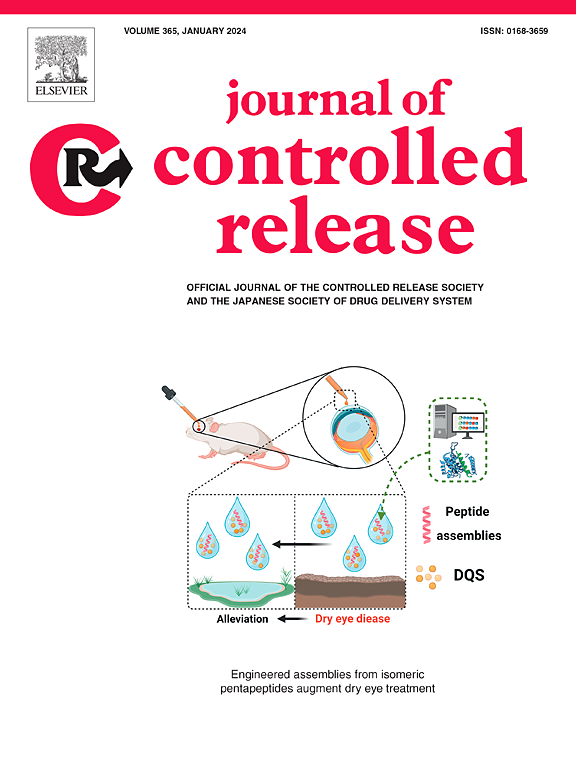Biomimetic hyaluronic acid-stabilized zinc oxide nanoparticles in acne treatment: A preclinical and clinical approach
IF 10.5
1区 医学
Q1 CHEMISTRY, MULTIDISCIPLINARY
引用次数: 0
Abstract
Acne vulgaris is a common chronic inflammatory skin condition, often caused by C. acnes infection. While ZnO has shown promise as an antibacterial agent in acne treatment, concerns over toxicity and non-selective bacterial killing remain. In this study we developed a hyaluronic acid-stabilized nano‑zinc oxide (HA-ZnO) formulation aimed at enhancing the therapeutic efficacy and safety of ZnO for acne treatment. HA-ZnO was synthesized through biomimetic mineralization. HA-ZnO targeted acne-prone areas, especially sebaceous glands, without skin penetration. HA-ZnO demonstrated selective antibacterial activity against C. acnes, exhibiting a killing efficacy more than 16 times greater than that against S. epidermidis. The HA coating also improved ZnO's stability in acidic conditions, mitigating potential toxicity and side effects. Additionally, the sustained release of Zn2+ promoted cell proliferation and migration, reducing sebum secretion, and exerting anti-inflammatory effects, supporting scar-free acne repair and preventing recurrence. In preclinical models, HA-ZnO outperformed erythromycin ointment in treating acne, with no toxicity observed in zebrafish and HET-CAM. A clinical trial further confirmed its efficacy in reducing acne lesions and redness, with high safety. These results highlight HA-ZnO as a promising therapeutic strategy for acne, combining potent antibacterial and skin-repairing effects with enhanced safety.

求助全文
约1分钟内获得全文
求助全文
来源期刊

Journal of Controlled Release
医学-化学综合
CiteScore
18.50
自引率
5.60%
发文量
700
审稿时长
39 days
期刊介绍:
The Journal of Controlled Release (JCR) proudly serves as the Official Journal of the Controlled Release Society and the Japan Society of Drug Delivery System.
Dedicated to the broad field of delivery science and technology, JCR publishes high-quality research articles covering drug delivery systems and all facets of formulations. This includes the physicochemical and biological properties of drugs, design and characterization of dosage forms, release mechanisms, in vivo testing, and formulation research and development across pharmaceutical, diagnostic, agricultural, environmental, cosmetic, and food industries.
Priority is given to manuscripts that contribute to the fundamental understanding of principles or demonstrate the advantages of novel technologies in terms of safety and efficacy over current clinical standards. JCR strives to be a leading platform for advancements in delivery science and technology.
 求助内容:
求助内容: 应助结果提醒方式:
应助结果提醒方式:


